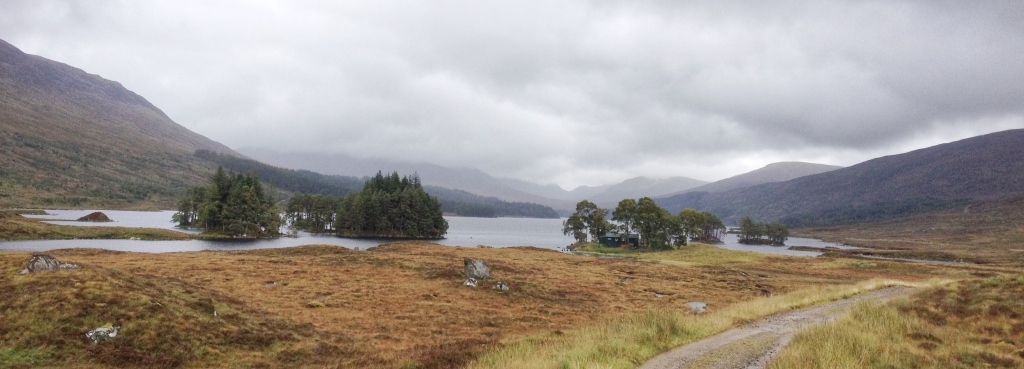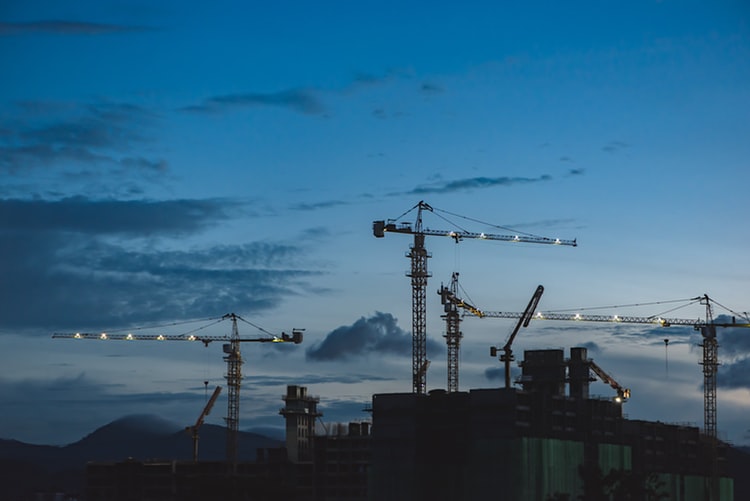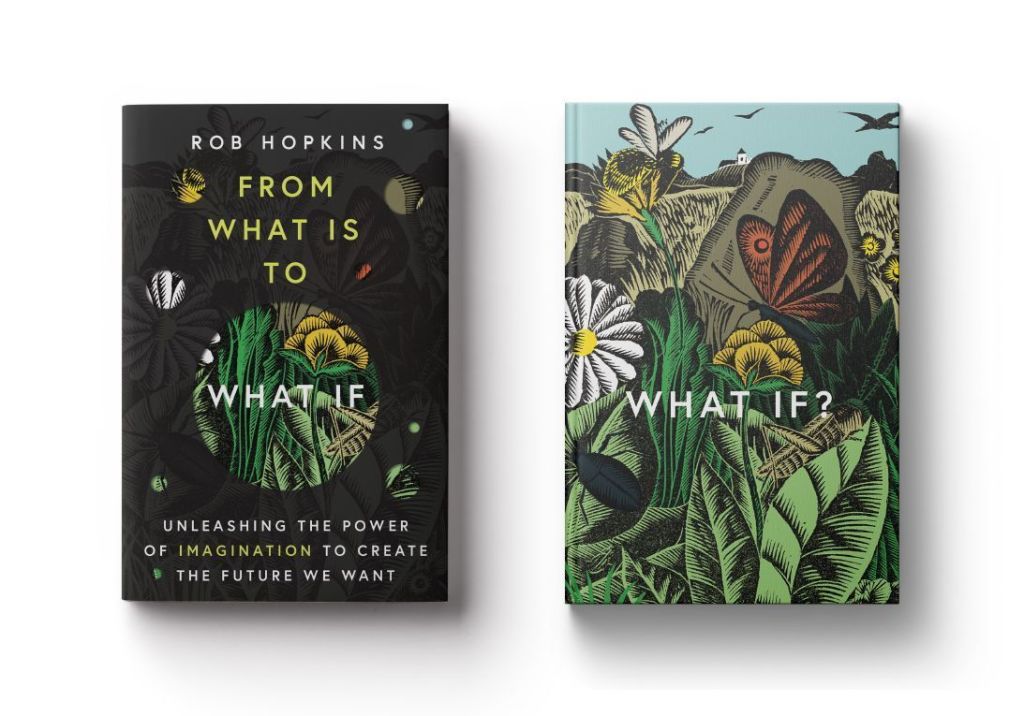Sharing this FutuREstorative review from the Urban Design Group
This book aims to provoke a new way of thinking among those involved in design and development. FutuREstorative is about our relationship with nature and how this translates into our understanding and ‘sustainable design’.
Brown has brought together thinkers and practitioners linked to the Living Building Challenge, and they advocate not just sustainable development or limiting our environmental impact, but a restorative approach, working with nature and making a positive contribution. It is a well argued, hard-hitting and ambitious philosophy.
The book is accessible and thought-provoking, avoiding the trap of previous ‘deep green’ texts, and whilst some points are repeated, their importance warrants this. Each section is well balanced between prose, diagrams, case studies and quotes.
One of the most useful sections sets out the principles of the restorative approach alongside checklists of existing standards such as BREAM and the Well Standard. It is here that the value of its holistic approach to designers becomes clear. It offers principles which value place-making and beauty alongside environmental aspects, making the links crystal clear. If its themes, and the thinking behind them, were adopted by planners and designers, it could mark an important shift in how sustainability informs planning and design.
Whilst this book will not give you all the answers, it will change how you think about the problem. In putting forward the restorative approach, Martin Brown draws together all the buzz words and current strands of thinking into a robust framework, from the future of zero-carbon, Passivhaus, well-being and the circular economy, right through to building information modelling or BIM, social media and the fourth industrial revolution. In doing so, he has created a onestop- shop for ambitious policy makers.
Brown and his contributors’ aim is to ‘inform and change the conversation, reframe the debate, and advocate for a radical change in direction for built environment sustainability’.
This book marks an important milestone in doing that.

Working Towards a New Sustainability continues.
Much has changed since the idea for FutureRestorative was conceived back in 2015. What have we achieved in 6 years? We have new regenerative agendas, we are leaving a pandemic portal, we had Code Red for Humanity reports and we prepare for COP26. FutuREstorative pointed out we have the technology and tools, yet we are missing and desperately need the ‘regenerative self’
The self that can make informed and conscious decisions. Decisions not only at a project level but for human and non-human communities through time. Decisions where reciprocity actions do not expect a personal or immediate return but heals the future for generations way down the line. A regenerative self recognises all is connected and nested, understands carbon ecology, how nature works and the interplay and importance of biodiversity. Interbeing.
Watch out for a follow up to FutuREstorative … FutuREgenerative Self maybe



















